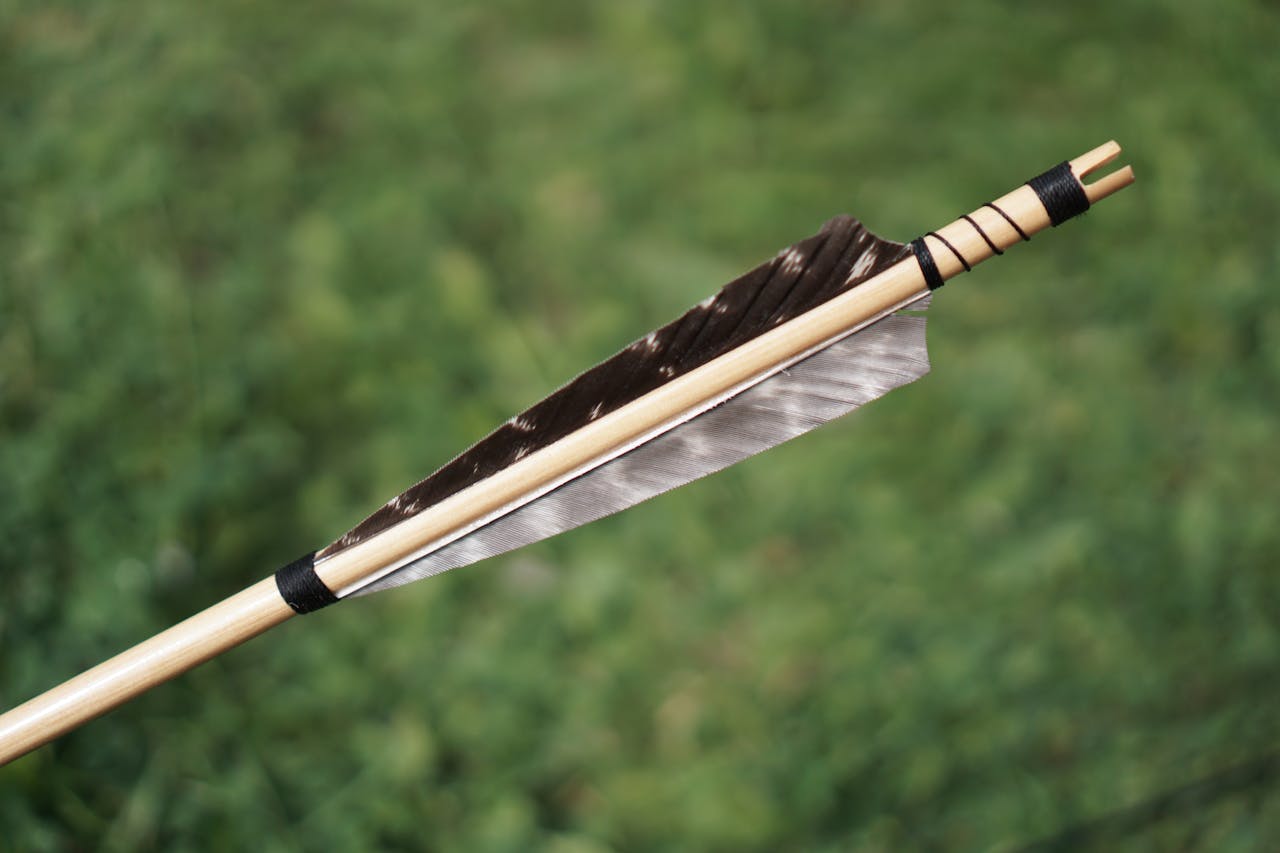
Not a Sport, Not a discipline, But a Show: The Crisis in Modern Mounted Archery
Oct 28, 2025
I was fascinated by mounted archery before I started riding. But once I began, I quickly noticed many red flags, and the biggest one came when I saw contestants who had only started riding a week prior marking themselves as mounted archers.
At the next competition, there were even more of them. It was entertaining to watch, at first. At that time, I had four horse-riding teachers, a horse of my own, and averaged around 70 km of riding per week. Then I noticed a sharp drop in performance among this new wave of riders, they’d just begun riding, yet claimed expertise, I knew some of them already, It was like the organizers did not care much about any standards.
Everything became clear instantly: the track is designed for the horse, not the rider. The rider’s job is to shoot while staying balanced and in control, but clearly, many of these newcomers had no idea how to stop their horses on trails, let alone ride properly or sit comfortably in the saddle.
Later, when I rode with some of them, I saw their limbs flailing, rotating chaotically, completely out of control, especially when they tried to use one hand to guide the horse, or they think they are riding in the archery track in the mountain trails. Soon after, accidents followed: painful falls, broken bones, and near-disasters, all because they prioritized ego over proper training.
By then, I knew I’d made the right choice: seeking lessons from multiple instructors across different cities. I wasn’t chasing shiny distractions like a fish in a murky muddy swamp.
To my surprise later, I once witnessed a mounted archery instructor, not on video, but in real life, yanking the reins violently with both hands raised high, desperately trying to stop his horse. He nearly fell into disaster. I filmed it. And I told myself: I will not take lessons from someone who almost killed himself because he doesn’t know how to use the reins properly or how to stop his own horse. They call this reckless motion the “Saw.” And many traditional horse riders still teach it as the only way to stop a horse. They pass it down to their students, who often end up buying horses, then selling them after recovering from serious injuries in local hospitals.
So I chose another path, different city, different instructors. I began learning from show jumping instructors. But since my horse is an Arabian, I ultimately chose endurance riding, because it taught me to care for my horse above all else, to put the horse’s well-being first in every ride. And oh, what a decision that turned out to be.
Not long ago, I met a legend in the endurance world, "Ozgür Pastanlı", who dedicated his farm and home to raising and training endurance riders. We spoke at length about the current state of mounted archery, both locally and internationally. He shared how he no longer participates in competitions because he’s seen the same pattern repeat: riders showing up for the first time, shooting arrows within a week, without knowing basic seating techniques on the saddle.
Ozgür Bey also spoke about the fragmentation and segregation within the sport, including the introduction of new rules at every contest, arbitrary separations between athletes and horses, unnecessary classifications, and divisions that make the practice appear anything but serious.
I couldn’t agree more.
The rules of this discipline have become a joke, to me, and to many others. Still, I haven’t lost hope. Some of those first-week riders who joined just for show eventually leave, but others go on to buy horses, seek proper instruction, and even switch to show jumping or endurance. To me, mounted archery isn’t a sport or a discipline anymore, it’s a spectacle. A show business. And that’s how many now see it too. It is, admittedly, an entertaining display of traditional customs and the sight of horses galloping across tracks. I hold deep respect for some of the masters I’ve encountered, true horse riders whose skill and wisdom stand out. Yet they make up less than 20% of the riders I’ve seen over the past seven years.
I don’t know how it is in other countries, I’m only speaking about what I’ve witnessed where I am. I hope and truly wish that things are different elsewhere, and that this discipline can progress into a genuinely serious practice, not just a spectacle.